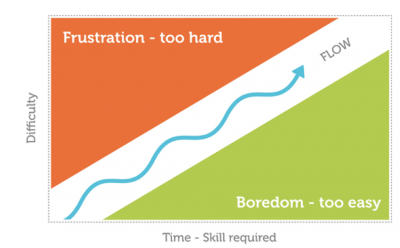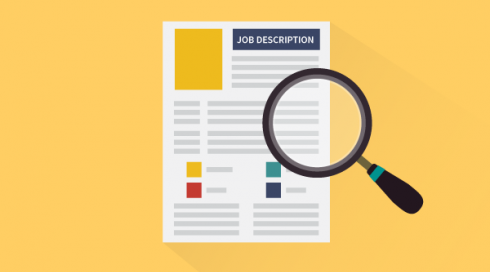Addressing Job Search Burnout as a Hiring Manager
Job search burnout is a real and pervasive challenge, not just for many job seekers but also for business leaders trying to find and hire staff. This unpleasant phenomenon occurs when a person becomes mentally drained from the prolonged effort of seeking suitable employment. Everyone experiences burnout differently, but common symptoms include frustration, hopelessness, and irritability, along with a reduction in enthusiasm and self-confidence.
The process of repeatedly looking for jobs, filling out applications, managing the interview process, and eventually learning the ropes at a new company, can be emotionally and sometimes even physically exhausting, especially in fast-paced and highly digitized employment marketplaces.
As a hiring manager or recruiting professional, it’s crucial to recognize this challenge and take it seriously. After all, your ideal candidate might be out there grappling with job search burnout themselves. In fact, a 2023 survey by Global saw more than half of all job seekers self-reporting as “completely burned out,” with Gen Z’s would-be workers feeling particularly dejected.
For many people, the journey from job-seeker to employee will entail repeated rejections, unfounded hopes, and long periods of uncertainty, sometimes exacerbated by financial precarity. Sometimes, you might encounter a good candidate who is having a difficult time and struggling to present themselves effectively due to the stress of long-term job search cycles.
Empathy Is Key
Things can be hard for candidates who have begun a job search or are feeling demoralized after months without a suitable offer. Endeavor to meet your candidates where they’re at and do so without asking inappropriately personal interview questions about the things they’re dealing with in their lives.
You can achieve this by focusing on a candidate’s skill set and previous work history, and not your own subjective perception of their attitude during a job interview or other interaction. If a candidate does open up about a frustrating or overwhelming job search process during the course of an interview, show understanding and try to gently guide the conversation back to work-related topics.
Signs of Burnout
Be aware of possible signs of burnout, but also don’t wrongly project assumptions onto applicants who may just be awkward interviewers. This can be a tricky line to walk at times, so be easy on yourself as well as on your candidates.
Some potential indicators of burnout in an interview setting can include low energy, irritability, or a withdrawn, aloof manner. These are traditionally seen as a lack of interest in the job or as indicative of an attitude problem, so you may need to start checking some of your biases as an interviewer to account for job search burnout.
Candidate-Centric Hiring Policies
Efficiency is necessary at every level of operations, so it’s natural that many recruiting and onboarding policies are designed to make life easier for company recruiters and HR representatives. However, this may not always yield the best long-term results when you consider the value of finding and connecting with the right candidates for key job roles. Consider what a more candidate-centered hiring process might look like.
The key to candidate-focused hiring is to be mindful and respectful of the time and energy required for someone to submit a job application. This means clear communication, whether it’s an automated email or a personal text message. Long periods of silence after giving a job application your best effort contribute to the frustration and hopelessness associated with job search burnout.
Let your applicants know their status and the estimated timeframe at each stage of the hiring process. This includes a courteous and prompt “thanks but no thanks” email for the candidates you don’t move forward with. Automated emails are fine, especially if there is a large volume of applicants, but sparing a moment to offer a sentence or two of personalized feedback can be useful in a candidate’s future job search activities and lessen the sting of rejection.
The Application Process
Also, consider streamlining your application process. Simplify your application process so that you get exactly what you need from each candidate to start the evaluation process. If you need other information later in the process, deal with it as needed on a candidate-by-candidate basis, rather than baking it into a tedious application process.
Job search burnout is a significant challenge for everyone involved in the process, but hiring managers have the power to mitigate some of its effects by reimagining some of their hiring and onboarding policies through the lens of candidates’ emotional health and mental wellbeing. For more great insights into modern hiring, be sure to bookmark our blog.











